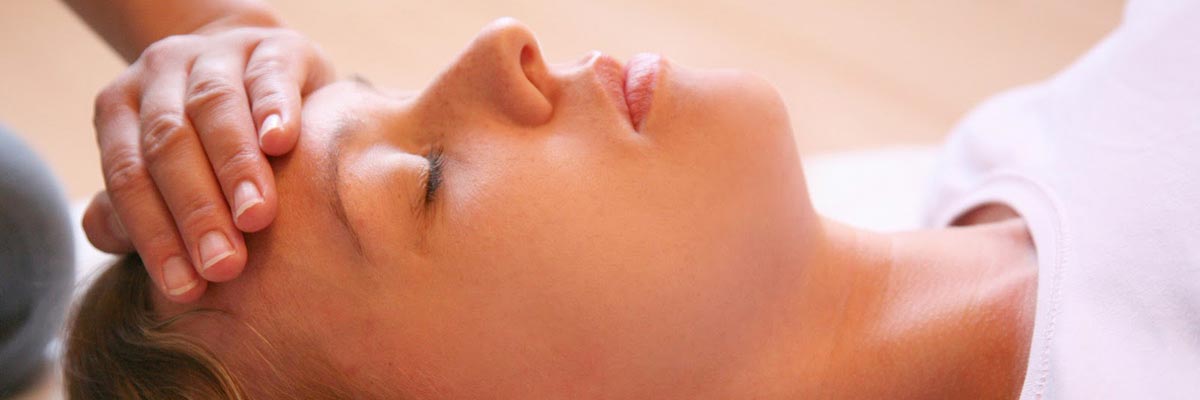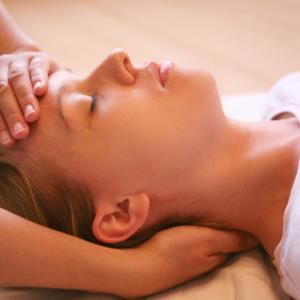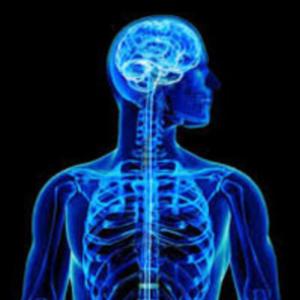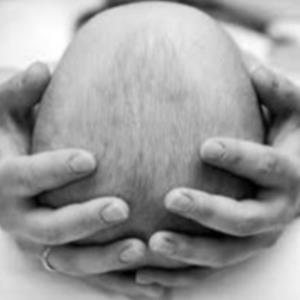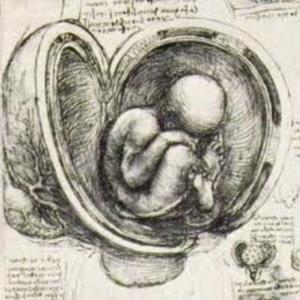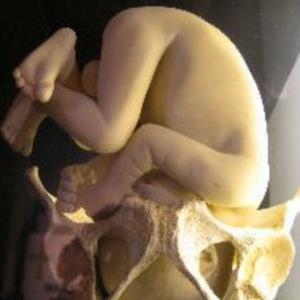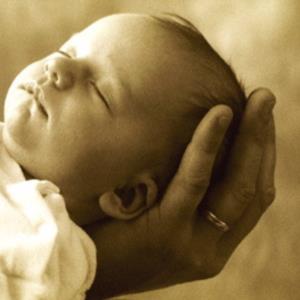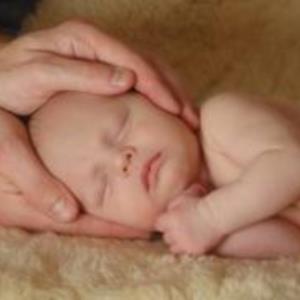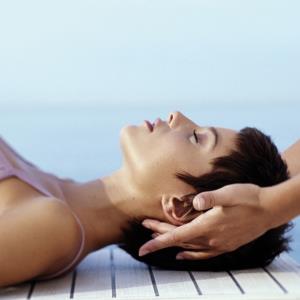Craniosacral Therapy
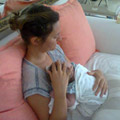
Craniosacral Therapy originates from the research of an American osteopath, Dr William Sutherland. It is led by the osteopathic concept of body work, addressing misalignment, restriction and imbalance in the patient's system, to restore health. It is known for its gentleness and for its efficacy in treating many conditions and states in patients of all ages.
During a Craniosacral session, the practitioner assesses areas of the body where trauma and injury effect healthy function. Traumatic experiences may heal relatively quickly on a more obvious physical or emotional level, but their subtle after-effects can remain in the body's tissues far longer. When unresolved, these effects can cause chronic disruption and pain. It is these subtle and on-going physiological effects, which are harder to diagnose or treat, that Craniosacral Therapy focuses on and influences.
Craniosacral Therapy in Practice
Every part of the body is in constant motion, on both a perceptible, obvious level and at a more minute, subtle level. At this subtle level, each bone, muscle and organ has a constant cycle of 'healthy motion', a subtle rhythmic 'breathing' movement that is known as 'primary respiration'. The vitality and mobility of this movement reflects the state of health in that part of the body.
This healthy motion can be recognised and enhanced by the Craniosacral practitioner. Similarly, 'unhealthy' or suppressed motion, reflecting a 'lack of health' or indicating retained trauma or injury, can also be detected and addressed. In order for health to be present, the body's 'breathing' movements must be free and without impediment. When the primary 'respiration' of the body is absent or restricted, this indicates imbalance at a deep level in the system.
Working with these subtle motions and recognising patterns of both health and "lack" of health, is a cornerstone of Craniosacral work, allowing practitioners to assess the body for dysfunction and work to release it. As primary respiration and healthy movement is restored, the optimal position and free motion of bones and structures of the body's systems are re-established. Craniosacral Therapy has traditionally focused on the 22 bones of the cranium, spinal column, and the complex network of membranes within the brain and spine, however in practice, all parts of the body are addressed.

